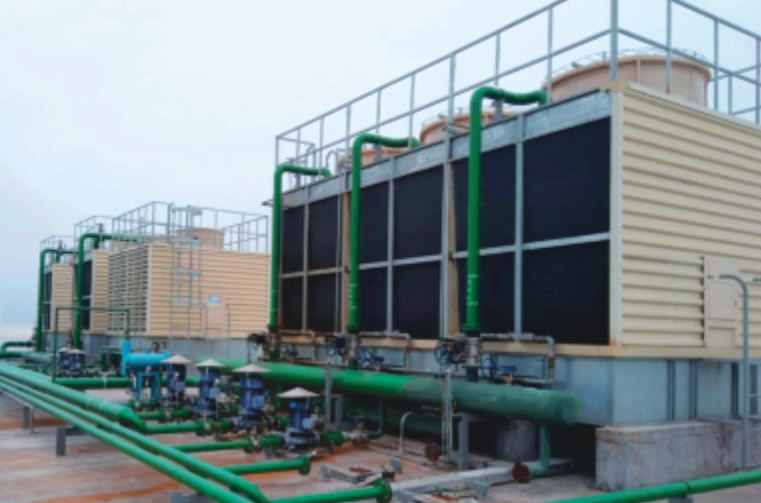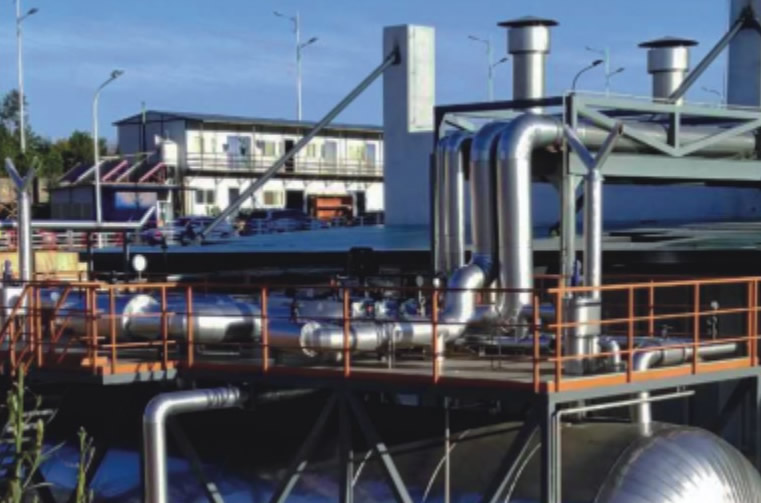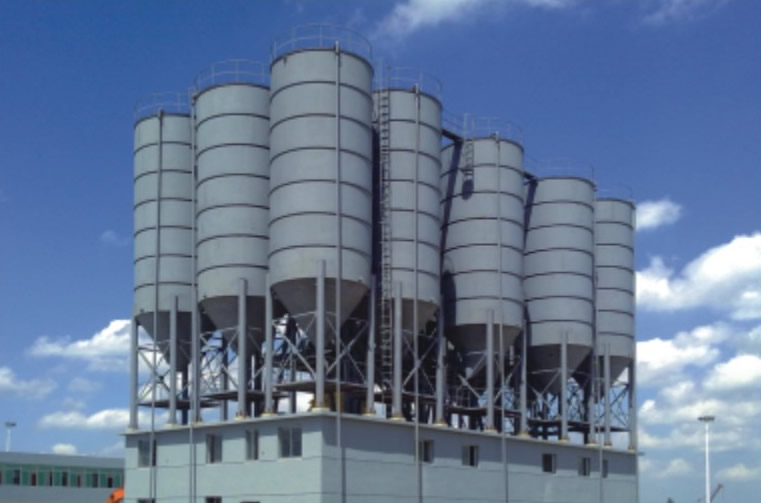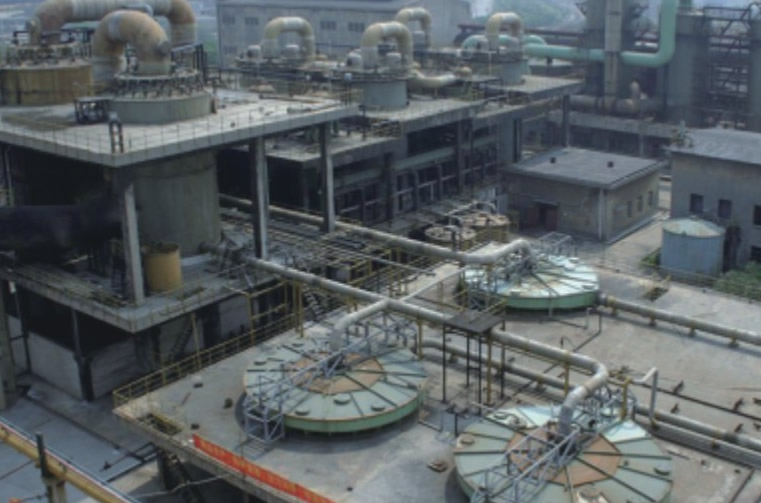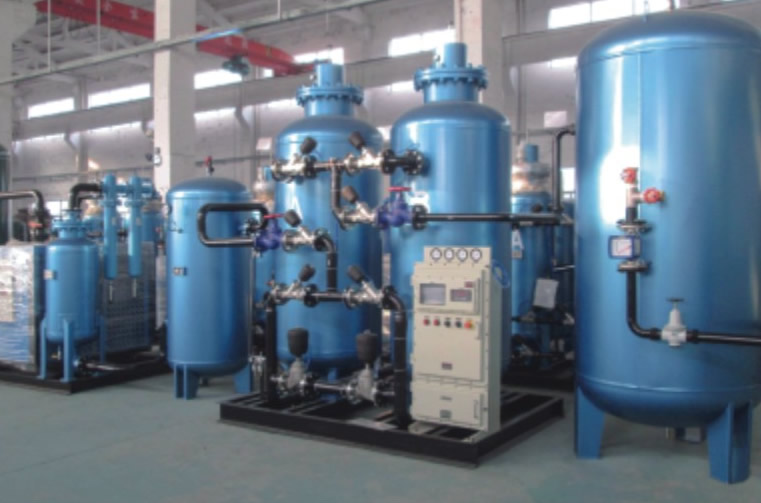Air-conditioning system
- Triple-eccentric butterfly valve can be used to replace block valve, cut-off valve, throttle valve for damp service or control the inlet and outlet of the pump. It can also be used as block valve or bypass valve at connections of piplines.
- The application condition of the water cooling system are approximately 40 - 45 °C with pressure around 60 psig. In some cases, the pressure can reach 450 psig but the temperature is normally not over 350 °F.
- For air-conditioning water system, we recommend our customers using carbon steel valve with TFE or RTFE seat. For this service, special carbon steel is normally used for manufacturing cut-off valves, and 316 stainless steel is normally used for manufacturing choke valves.
Steam service
- Triple-eccentric butterfly valve can be used for high pressure and temperature service to shut-off or control the flow of hot water, condensate or cooling water. Service demands must be estimated before manufacturing any type of valve for steam service. If the valve is used as a regulating valve, it should be controlled in the 5:1 range.
- For steam flow cut-off applications, standard material valves such as carbon steel body, TFE(RTFE) seat, chrome-plated stainless steel plate can be applied. In steam regulation applications, stationary stainless-steel seat, stainless steel disc, and seat surface covered with hard alloy may be necessary.
Corrosive service
- Generally speaking, corrosive medium refers to medium contains hydroxides of sodium, potassium, calcium, amine solution and alkali carbonate.
- In most cases, corrosive medium does not cause high corrosion to ordinary carbon steel or damage TFE. Therefore, Carbon steel valves with TFE seats can be used for manufacturing valves for this service.
- Nickel-free material is used for manufacturing the seat of throttle valves in case the medium is high concentration corrosive medium or the medium temperature is too high to use regular soft seat.
- The material does not required for special treatment when it is only used for corrosive service. However, many applications require valves to be qualified for corrosive service. Thus, the material selected for the valve must be qualified for resisting corrosion or meet the requirements for purification.
Large particle serivce
- Medium for this service is often cement, silt, ash, or ash cleaning products, carbon (dry or slurry), slag, industrial waste or residue, glass and silicon, lime slurry, soda, cola, coal or cocoa flavors, powder metallurgical ore or ore, etc. For such medium, the service life of the valve depends on the flow rate, pressure difference, temperature difference, body content, solid size, hardness, and frequency of use of the valve.
- For friction service, demands of the service such as medium condition (dry or slurry), working pressure, temperature, valve function (flow shut-off or flow control), pressure difference and possible corrosives are required before ordering. Customer can select the type of valve from our Valve Type Table in previous page or send the part number with detailed description and service demands to us with the inquiry.
Vaccum service
- Standard valve with TFE seat is recommended for most vacuum services with 0.02mmHg pressure or 20 micrometer without any special treatment on the material.
- When the absolute pressure of the service is 1x10 * 3mmHg or 1 micrometer; special treated material needs be used for manufacturing. Normally, carbon steel body with TFE seat/SS316 seat is qualified for service at this level. Special vacuum level or other service may require special material or valve.
Sour service
- Sour service or sour gas is frequently seen in petrochemical industry, normally the medium contains liquid or gas H2S. The material for this service needs to be strictly selected according to standard NACE MR0175 with MTR. Usually the material is limited to alloy materials with SSC resistance.
- According to NACE MR0175, the maximum hardness of carbon steel allowed as material for valves is HRC 22, and the hardness of 17-4PH stainless steel allowed for this service ranges from HRC 29 to HRC 33.
- Steel material does not need to be special treated before manufacturing.
- Phosphorous, sulfur and lead-free processed steel must not be used for manufacturing key components.
- Electroplating nickel, cadmium or chromium on unconfirmed material to make the material SSC resistant is not accepted. The material for electroplating must meet the requirement of sour service.
Chlorine service
- Carbon steel body with reinforced TFE or TFE seat and nickel alloy stem, disc and conical is normally used for manufacturing valves for dry chlorine medium. As humidity increases, more corrosion-resistant materials are gradually selected from carbon steel for maximum of 0.015% humidity, SS316, Alloy 20, Hastelloy C. Hastelloy C is suitable for chlorine service at any humidity level even liquid chlorine
- Titanium may not be used for dry chlorine service, but it is suitable for dry chlorine at certain humidity level, chlorine solution, chlorine dioxide, and hypochlorite. In case of using titanium as valve material, the surrounding environment must maintain a humidity of at least 0.2% to prevent possible explosive. The medium humidity must increase along with the medium temperature in this case to ensure that when the temperature is at 300°F, the humidity must be maintained at least 1.5%. RTFE or TFE can also be used to manufacture valve seat depends on the medium of the service.
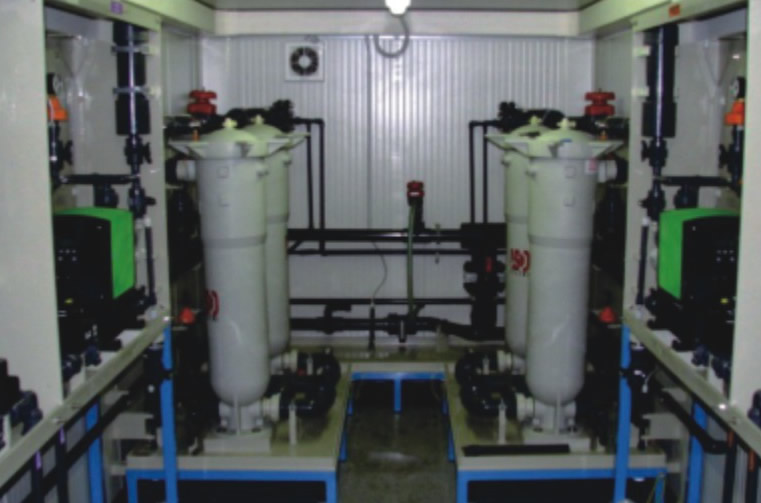
Oxygen service
- RTFE seat can be used for oxygen service. However, in case of high-temperature, bronze, other copper alloy or austenitic stainless steel are more suitable metal material for the seats. When carbon steel is required as material for valve body, stainless steel, Monel, Nickel or bronze is preferred to be used as seat material.
- Another important design that valves used for oxygen service must require is a grounding washer to safely conduct the static electricity that may generated during the service.
- Valves for oxygen service need to be cleaned regularly. All internal surfaces of the valve body need to be hand wiped or steam blasted to maintain a clean status. All sharp edges and burrs on the sealing surfaces in contact with oxygen need be polished, and the oil need to be degreased using hot water with designated detergent, then soaked with hot trisodium phosphate solution. Finally, the valve needs to be rinsed with water, and air-dried in oil-free air dryer.

